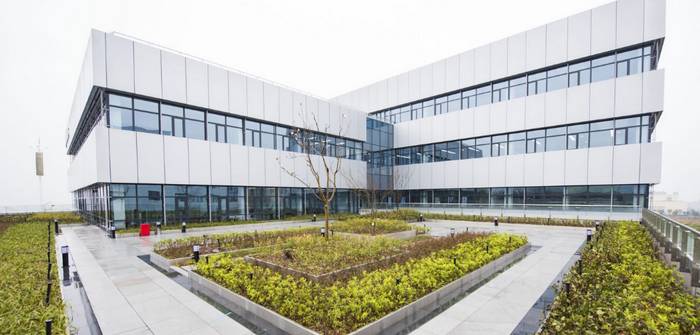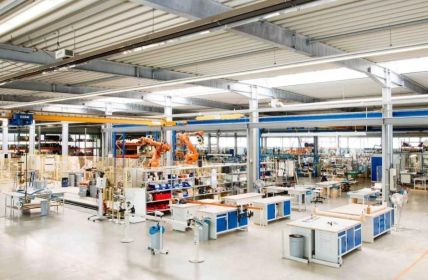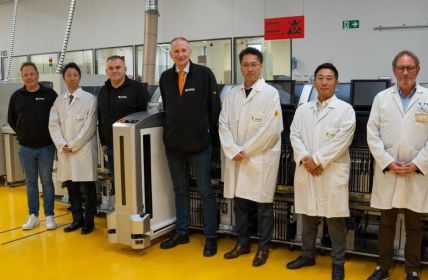Continental has source codes developed by a team of several hundred people in Chongqing/Yanksee. The relocation of development centers from Europe to China is indeed a trend.
Table of Contents: What awaits you in this article
Chongqing/Yanksee: Source codes for the Chinese market
Automotive supplier Continental is expanding its software expertise with a new development center (see cover photo) in China. This is in the context of its expansion of the global development network. Back in July 2021, Continental announced the establishment of the development center in Chongqing/Yanksee. The source codes will be developed there by a three-digit number of software and IT experts.
For Continental CEO Nikolai Setzer, this step is to be understood as a focus on increased growth in China as the world’s largest automotive market. The development center in Chongqing/Yanksee is intended to increase local value creation. Currently, around one in ten of Continental’s employees works in China. This illustrates the DAX corporation’s focus on the Chinese market. Continental employs around 20,000 software and IT specialists worldwide and operates its own software academy.
7 percent more source codes from China annually
According to a report by the Reuters news agency, China wants to increase its investment in research and development by more than seven percent annually under the 14th 5-Year Plan. In parallel, economic output is expected to increase by six percent annually. Premier Li Keqiang presented these figures in his speech at the beginning of the 13th National People’s Congress.
Behind these massive investments in “source codes”, research and development are China’s efforts to accelerate the growth of the technology sector. It also wants to achieve greater independence from Western suppliers. Research centers along Yanksee and in many regions of China are springing up in this way.
Promotion of high technologies until 2025 and beyond
China is prioritizing high technologies to expand its economic opportunities.
- Next-generation artificial intelligence,
- quantum information,
- brain research,
- semiconductors,
- genetic research and biotechnology,
- clinical medicine and health,
- space, deep-sea and polar exploration.
In particular, China plans to establish national laboratories for research in quantum physics and artificial intelligence. This is provided for in the current five-year plan, which extends to the year 2025. China’s master plan even spans entire decades, of which the current five-year plan is also a part.
ZF’s third research and development center in China
Guangzhou is located far away from Yanksee in Guangdong. With the establishment of the research and development center there, ZF Friedrichshafen is also strengthening its development expertise in the Asia-Pacific region. The opening of the center for source codes and future technologies such as autonomous driving and electromobility is planned for 2023. The agreements for this have been signed by ZF Friedrichshafen and the local authorities. The investment in the development center is €90 million for ZF.
ZF’s previous investments focused on two development centers in Shanghai. The two centers have their development focus away from the source codes in the area of active and passive safety technology as well as driveline and chassis technology. With this latest investment, ZF Friedrichshafen intends to move closer to its strategic goal of further developing the largest global automotive market in China.
ZF Friedrichshafen has been present in China since 1981. ZF’s “Next Generation Mobility” strategy includes, in particular, the expansion of business in China. ZF’s headquarters for the Asia-Pacific market region are located in Shanghai. In total, ZF has about 40 production sites in China. With 14,800 employees, ZF generated sales of €6.2 billion in China.














